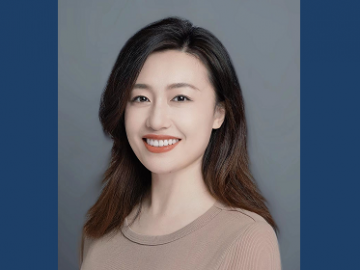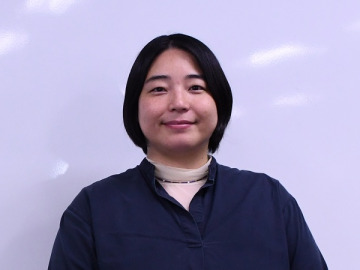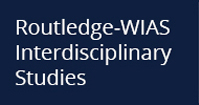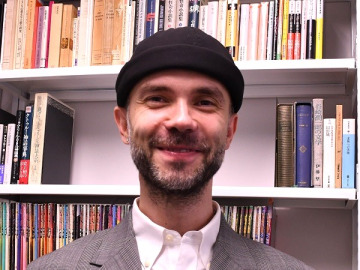
PACHCIAREK Pawel, Assistant Professor
Introduction: Beyond the Mirror Rooms
When the name Yayoi Kusama comes up, most people think immediately of her iconic Infinity Rooms, polka-dotted pumpkins, and red wigs—artworks that have come to define the globalized image of the avant-garde. Yet this visual legacy, as dazzling and influential as it is, represents only one part of a much more complex artistic journey. For much of her life, Kusama has also been a prolific writer—authoring more than a dozen novels, short stories, poems, manifestos, and even a surreal three-act play. These texts, largely written and published after her return to Japan in the late 1970s, explore trauma, madness, desire, and protest in ways that her visual works only begin to suggest. Written during a time of institutional neglect and cultural marginalization, her literary corpus remains largely underexplored despite its radical voice: politically urgent, aesthetically unruly, and intimately bound up with questions of invisibility. In my current research at WIAS, I seek to reposition this body of writing—not as a footnote to Kusama’s visual art, but as a primary and autonomous site of expression and resistance. This article draws on my doctoral dissertation, Between Literature and Art: Yayoi Kusama as a Socially Engaged Writer Hidden Behind the Image of the Artist (Osaka University, 2021), which was the first comprehensive study of Kusama’s literary production in the context of feminist, queer, and protest aesthetics.
How This Project Began
My interest in Kusama’s literary practice did not begin in a vacuum. It emerged gradually, and perhaps inevitably, as I deepened my research into her visual art over the past decade. While writing my earlier monograph on Kusama’s aesthetics, I found myself increasingly drawn to the textual fragments that accompanied her exhibitions, installations, and performances—pieces that were neither mere commentary nor promotional ephemera. These texts hinted at something more: a coherent but under-recognized intellectual vision. It became clear to me that Kusama did not simply write to document or explain her art, but to do something that visual form alone could not accomplish—to voice forms of trauma, critique, and identity that exceeded what could be staged in a gallery. This realization marked a turning point. I began to investigate her novels, poems, and manifestos as serious cultural interventions in their own right. In doing so, I found that the language she used—obsessive, repetitive, dreamlike—echoed the strategies of her visual work but extended them into new registers of dissent. This interdisciplinary crossing of media is what my current project at WIAS continues to explore.
New York as Catalyst: The Formation of a Protest Aesthetic
To understand the radical nature of Kusama’s literature, we must begin with her time in New York between 1958 and 1973—a period often mythologized in art historical narratives as her breakthrough into the international avant-garde. Yet behind this narrative of artistic discovery lies a more complex and conflicted reality. As an Asian woman operating within the overwhelmingly white and male-dominated sphere of American contemporary art, Kusama encountered systemic exclusions that profoundly shaped her aesthetic and political consciousness.
At the same time, New York in the 1960s and early 1970s was a city defined by protest. Civil rights marches, feminist movements, anti-war activism, and queer liberation all intersected in the urban fabric. Rather than remaining peripheral to these sociopolitical currents, Kusama actively engaged with them—often through performance. Her now-iconic New York-based “happenings,” such as the nude body-painting rituals in Central Park and on the Brooklyn Bridge, and her “Homosexual Wedding Ceremony” conducted in her studio, were not mere spectacles of provocation. They were site-specific, embodied interventions that confronted patriarchal norms, heteronormative structures, and the aesthetic commodification of dissent.
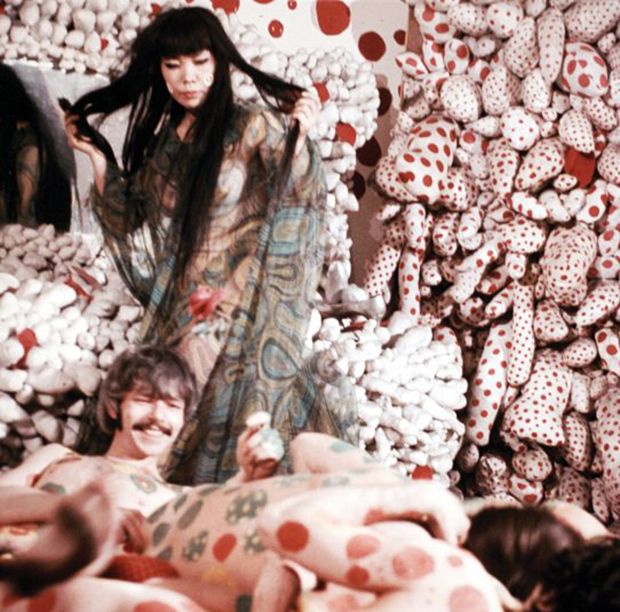
Homosexual Wedding Ceremony (1968)
Scene from Homosexual Wedding Ceremony, performed by Yayoi Kusama in her New York studio in 1968. This act functioned as a performative protest against heteronormativity, patriarchal norms, and the transformation of both the body and political resistance into consumable spectacle. It exemplifies the direct continuity between Kusama’s performance-based activities and the critical voice expressed in her later literary works.
It was within this context—where the body became both a battleground and a medium—that Kusama’s literary voice began to emerge. Although most of her novels and prose writings were produced after her return to Japan, they bear the unmistakable imprint of this New York crucible: a sense of urgency, defiance, and refusal to conform. Her literature must be read as a product of this formative intersection between displacement, performance, and political protest.
Return, Silence, and the Shift to Literature
After returning to Japan in the mid-1970s, Kusama entered a period of cultural and institutional neglect. The forms of performative protest she had cultivated in New York—body-based, confrontational, and intermedial—were largely dismissed in a domestic art scene that remained hostile to feminist critique and indifferent to intermedia practices. Marginalized once more, this time within her own country, Kusama turned to literature not as retreat, but as a new mode of resistance. In place of happenings, she now staged ruptures on the page. Her 1978 novel Manhattan Suicide Addict was the first major articulation of this turn. Fragmentary, obsessive, and hallucinatory, the novel interweaves psychological crisis with queer desire and cultural alienation. While often reduced to an autobiographical document of mental illness, the text performs a much deeper critique—targeting gendered erasure, cultural exile, and the systemic failure of artistic institutions to recognize, support, or even tolerate dissenting, non-conforming practices such as Kusama’s.
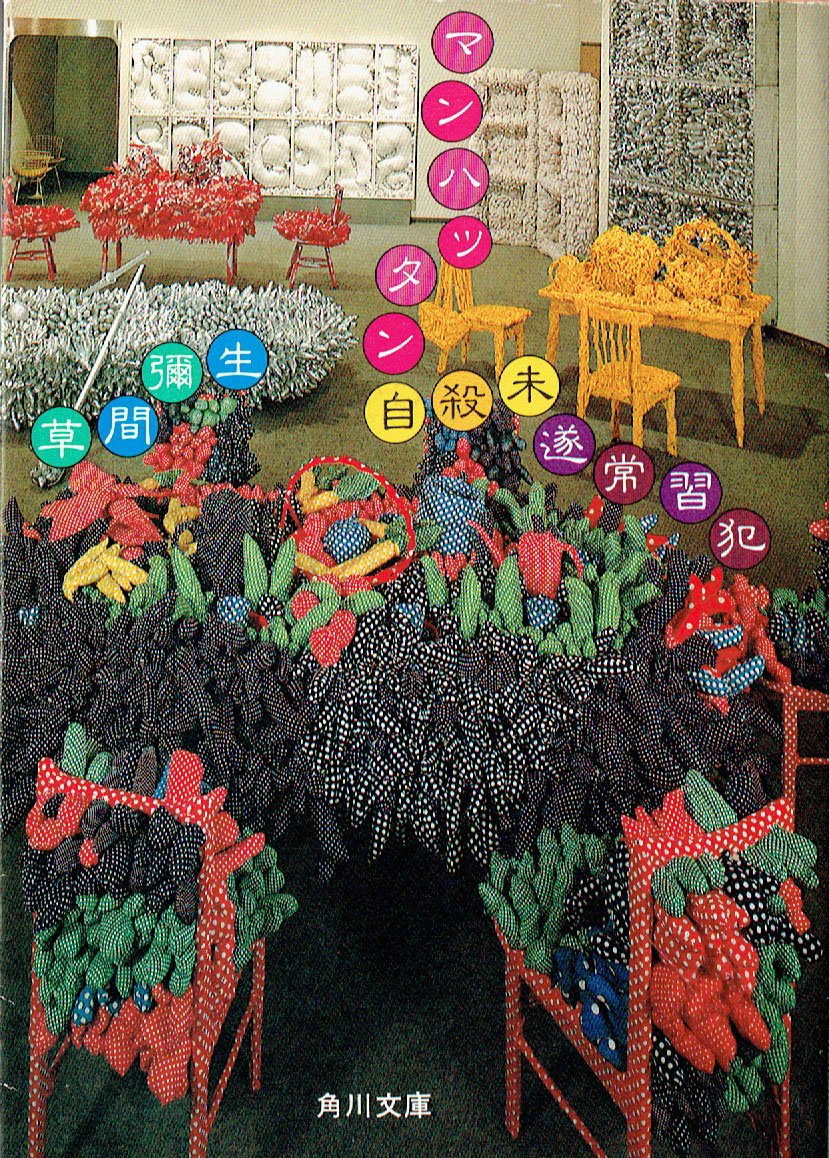
Manhattan Suicide Addict (1978) – Cover
First edition cover of Manhattan Suicide Addict (Manhattan Jisatsu Misui Jōshūhan, 1978). Written after Kusama’s return to Japan, this fragmented and hallucinatory novel explores psychological collapse, sexual trauma, and social alienation. Resisting traditional narrative form, it stands as a radical critique of postwar social structures and of the artistic institutions that fail to accommodate dissent.
Narrative as Protest: The Politics of Literary Form
Kusama’s literary corpus, developed primarily in the 1980s and beyond, consists of over a dozen prose works, including novels, short stories, manifestos, and an unpublished surrealist play. Her writing resists conventional narrative coherence. Instead, it stages fragmentation—of body, voice, and logic—as both subject and method. Her 1983 novel The Hustlers Grotto of Christopher Street, set in the queer underworld of New York’s West Village, is exemplary in this regard. Combining grotesque sexuality, poetic monologue, and unstable point of view, the novel refuses containment. Though it received the Yasei Jidai Literary Prize, critical reception remained ambivalent, often framing her prose as eccentric or hermetic. This critical discomfort reflects the radical position of her work: Kusama’s writing undermines the normative expectations of both literature and art, making space for marginalized voices not by representing them, but by allowing them to speak in unstable, disruptive forms.
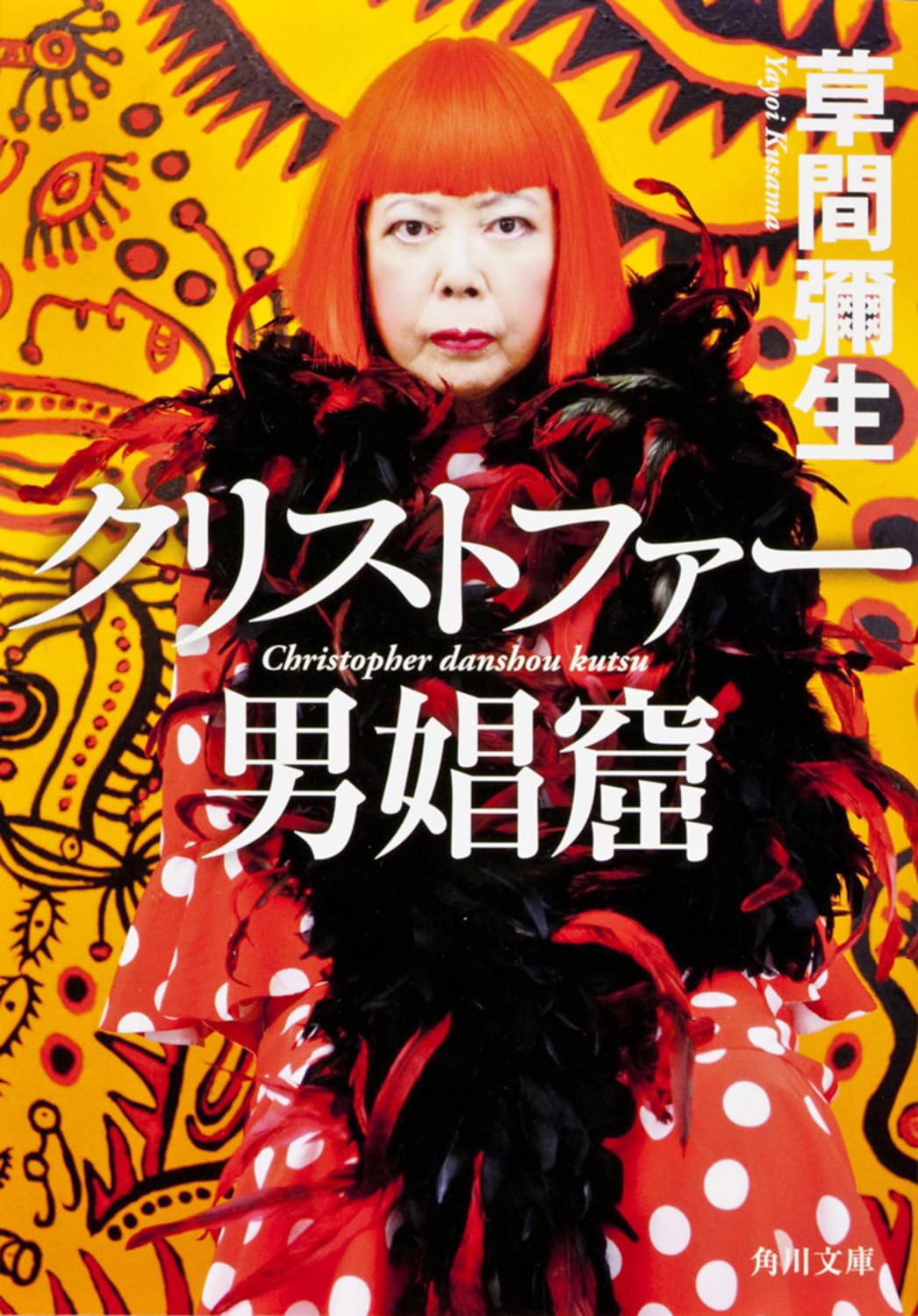
The Hustlers’ Grotto of Christopher Street (1983) – Cover
Cover of The Hustlers’ Grotto of Christopher Street (Christopher Danshōkutsu, 1983). Set in New York’s queer underground, the novel blends grotesque corporeality with genre-defying language, presenting a radical challenge to institutional norms and aesthetic containment.
From Happening to Text: Intermedial Continuities
Kusama’s literature did not emerge in isolation from her visual and performative practice. Rather, it should be read as a textual continuation of the same conceptual and political strategies that defined her New York-era happenings. The principles of repetition, fragmentation, and self-obliteration—central to her mirror rooms and soft sculptures—reappear in literary form as looping syntax, dissolving narrators, and unstable registers. Her prose does not illustrate her visual work but operates in parallel—mirroring its strategies while shifting their material base, displacing visual spectacle into language. Even her unpublished 1972 play The Gorilla Lady Meets the Demons of Change demonstrates this continuity: grotesque figures, Buddhist allegory, gender performance—all structured theatrically through textual surrealism. Literature thus becomes a space of performance, where bodies vanish into words, and writing itself enacts protest.
Reclaiming Kusama: A Writer of Protest, Not Pathology
Kusama’s literary practice challenges the frameworks through which artistic legitimacy has been historically conferred. Long read as eccentric or pathological, her prose actually constructs a radical aesthetic of resistance—one that gives voice to gendered, racialized, and psychically unstable bodies not through representation, but through structural rupture. Rather than stabilizing the subject, her writing stages its unraveling. Rather than conforming to literary norms, it exposes their exclusions. In doing so, Kusama’s work does not seek catharsis, but confrontation.
Repositioning Kusama as a writer of dissent—alongside her identity as a visual artist—invites a broader rethinking of how protest, form, and marginality intersect. Her literature eschews conventional framing not because it is incoherent, but because it is strategically disobedient. In rereading Kusama through her texts, we do not only recover a neglected body of work; we also expose the systems that deemed it illegible in the first place.
Looking Ahead: Beyond Literature, Toward Interdisciplinary Engagement
This research forms part of a larger interdisciplinary project that repositions Kusama as not only a visual icon but a writer of dissent and an agent of cultural critique. In the coming stages of my work at WIAS, I plan to further investigate the continuities between her New York–era performances and her post-return literary production, focusing on how protest aesthetics migrated across media. Through archival work, comparative analysis, and collaboration with curators and scholars in Japan and abroad, I aim to reconstruct Kusama’s marginal history as a writer and performer in transnational contexts. The ultimate goal is to propose a theoretical model for understanding intermedia protest as a form of artistic resistance. By examining how Kusama wrote what could not be shown—and showed what could not be spoken—I hope to expand how we understand the politics of form, genre, and gendered authorship in contemporary art and literature.

